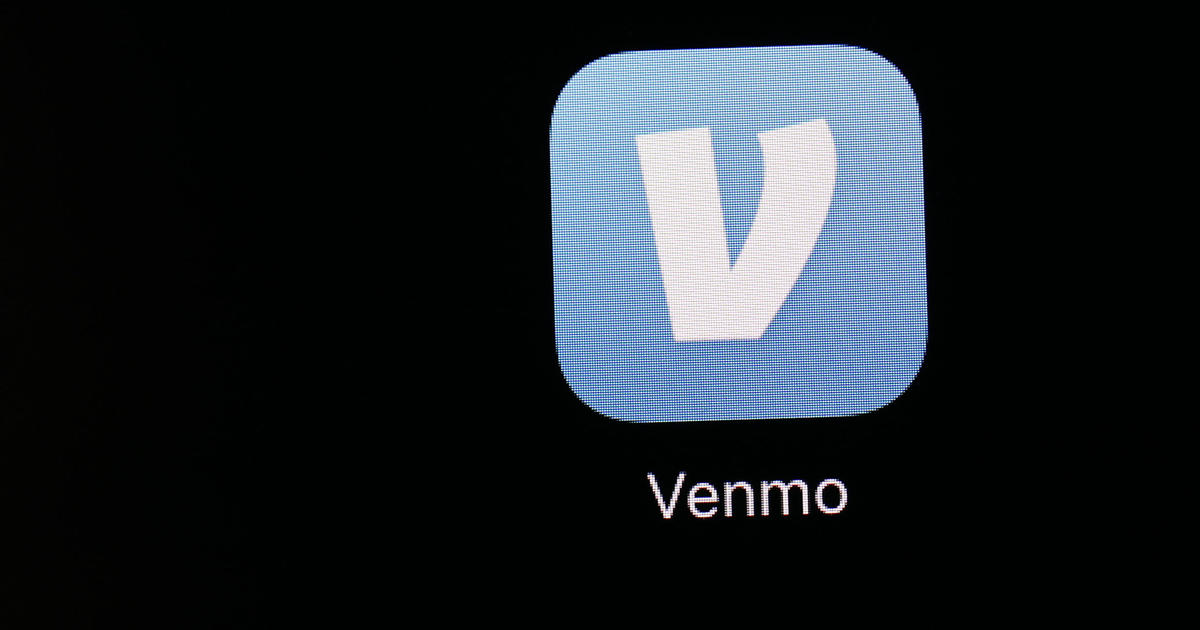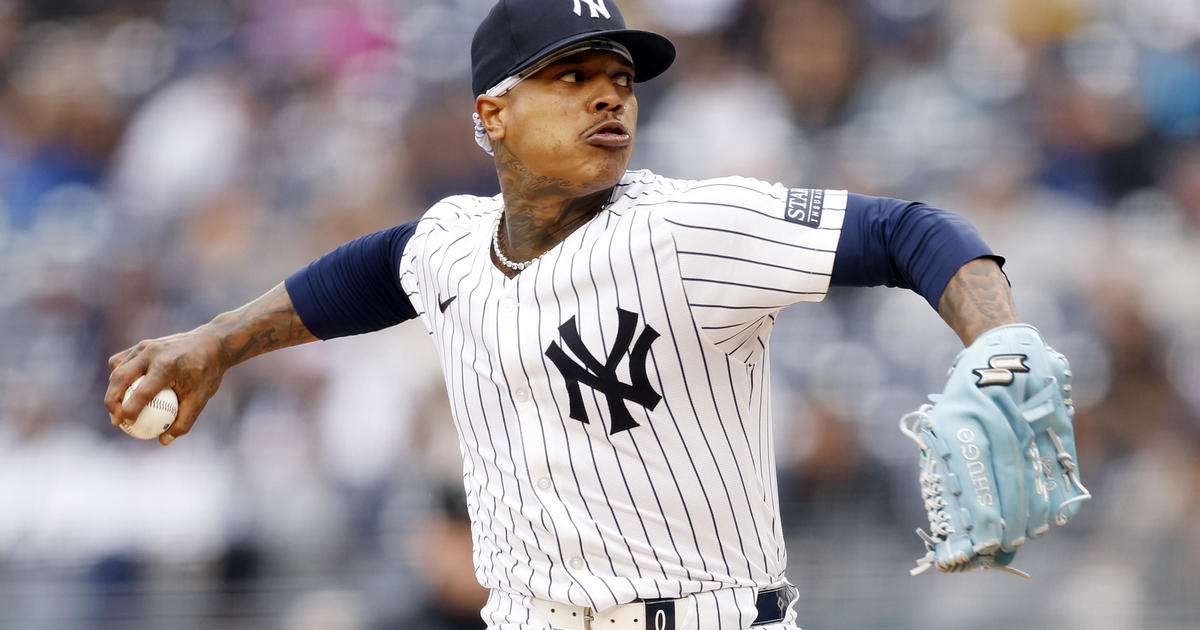As WWE Gets Slammed By Investors, Are Fans Losing Interest?
(CBSNY/CBS Local) -- World Wrestling Entertainment is taking a beating from investors who appear to have lost confidence in the company following a massive management shakeup last week. Now WWE says other major changes could be on the way in the near future, including a significant overhaul of its over-the-top streaming service, WWE Network.
Stock prices, which traded near $100 per share last April, have shed more than half their value. When markets opened Thursday morning shares were trading at their lowest level in nearly two years before bouncing back somewhat.
The sacking of long-time co-presidents George Barrios and Michelle Wilson on January 30 seemingly came out of the blue. Many within the company were reportedly stunned when the immediate departures were announced. The reverberating shock waves sent shares of WWE into a free fall.
On a conference call with investors Thursday, WWE chairman Vince McMahon stated that the dismissals were due to a disagreement over how the company should best execute corporate strategies.
The mass selloff and management overhaul come despite the company posting record revenue for the fourth quarter of 2019. Two massive television rights deals went into effect last fall. Under terms of the new agreements, Fox is reportedly paying WWE $205 million annually for the right to air SmackDown on Friday nights while NBC Universal is ponying up a cool $265 million to keep Monday Night Raw on its longtime home of USA Network. The dueling five-year agreements will bring an astounding $2.35 billion to the company's coffers.
>>READ: Latest from the world of Pro Wrestling
The value of pro wrestling and live sports and entertainment on television has never been higher. Networks are placing premiums on "DVR-proof" live programming as viewers continue cutting the cord and shifting to streaming services at a blistering pace.
The fruits of the television contracts were immediately evident as the deals jolted WWE's revenue by 18 percent during their first three months of existence, bringing total revenue for the fourth quarter of 2019 to nearly $323 million.
As a result, talent is being signed to more lucrative long-term agreements than in previous years. The bigger checks are being cut at least partially to prevent them from jumping to rival All Elite Wrestling. The well-funded upstart, backed by the owner of the Jacksonville Jaguars, also recently landed a lucrative long-term television deal after just four months of existence.
For years WWE had been the only major player in the wrestling game, but history shows the competition can be good for business. Prior to purchasing World Championship Wrestling in 2001, the bruising battle between the two promotions spurred each to record viewership and the popularity of sports-entertainment to an all-time high.
To date, WWE maintains content and storylines have not been changed to better compete with AEW.
"It really hasn't changed our point of view in terms of what we present," McMahon said. "We don't need more edgy content. We're one of the few programs out there that is really PG."
Despite trailing AEW in ratings on Wednesday nights, McMahon says NXT is still performing "extremely well" and will continue to have success in the future.
So, then why is WWE hemorrhaging value?
Because Wall Street finally realized what many in the business had been noticing for years — fans are losing interest.
Despite the record television contracts, ratings and total viewership continue to erode for Raw. And while SmackDown frequently finishes atop the coveted 18-49 demographic, the move to network television has not produced the surge in viewership that many had anticipated. Compared to its previous home on cable, the show is up 20 percent year over year. But in terms of total viewers, it frequently finishes in third or fourth place among the four major networks.
Also troublesome? So many fewer fans are purchasing tickets to live shows that the company is scaling back the number of events it produces each year. Last year, the company ran 56 fewer non-televised events in an effort to "optimize its touring schedule" and stop what had become a revenue drain.
Last quarter the company trimmed its schedule by 17 dates. The results produced a mixed bag, with North American attendance climbing by 15 percent to an average of 5,800 per show, while overall ticket sales fell by nearly $2 million compared to the fourth quarter 2018. Internationally, attendance was down slightly, but overall revenue was up slightly due to a 30 percent average increase in ticket prices.
All told, sluggish ticket sales and the lack of a large-scale event in Australia drove total live-event revenue 13 percent lower for the 2019 calendar year.
Additional alarms are sounding from the WWE Network. The number of subscribers has fallen substantially despite continued substantial investments in the product. This metric is of particular concern, as it represents a decline in the most devoted wrestling fans — those willing to pay $9.99 each month for access to premium content, including pay-per-view events. Subscriptions fell by 10 percent to 1.42 million during the fourth quarter. The decline is driven in large part by the decision to broadcast WWE NXT on USA Network rather than to keep it exclusive to its own streaming service.
WWE is projecting the number of subscribers to rebound slightly to 1.47 million by the end of March.
The future of the WWE Network now appears to be in doubt, as the company evaluates "strategic alternatives" to the streaming service, which debuted in February 2014. McMahon says that the company has numerous options, including moving forward with plans to transition from a flat-fee service to a tiered-subscription platform. There was a soft-launch of a free tier in December, but the company says it's too early to provide any guidance on how it was received.
It appears more likely, however, that WWE's online distribution rights could be sold to another "major" streaming service.
"Right now there is no better time to exercise the selling of our rights to all the majors," McMahon said. "Quite frankly, all the majors are really clamoring for our content. So that could be a significant increase in terms of revenue."
McMahon said negotiations are in the advanced stages, and that if the company opts to go that route a deal would likely be announced before the end of the first quarter. The timing appears to be critical with WrestleMania occurring just days into the start of the second quarter.
There are more questions than answers about what a new agreement would look like and how it will be received by fans. It is possible that it could resemble something akin to the partnership between UFC and ESPN, which is now the exclusive home of the MMA leader.
In order to watch a UFC pay-per-view, fans must first subscribe to the ESPN+ streaming service and then pay an additional $64.99 to watch each premium event.
For the past six years, wrestling fans have grown accustom to paying $9.99 per month for a WWE Network subscription, which includes all pay-per-view events. Given the company is struggling to retain subscribers at that price, it seems likely that any price hike would further erode the fan base.
For WWE, however, the move makes sense, as it would immediately turn the fledgling service into a guaranteed revenue stream.
A transition to a new platform such as Amazon Prime, Hulu, or Netflix prior to WrestleMania in early April is a gamble. It's unclear whether such a change is even possible given the tight time constraints.
McMahon has previously stated that WWE was "open for business" regarding the possibility of selling the entire company outright to another entity.
It was around this time last year that McMahon acknowledged that WWE was in declining popularity. Yet, he reassured investors that the company knew how to fix the problems it faced. In the months that followed, legendary WCW executive Eric Bischoff and Extreme Championship Wrestling leader Paul Heyman were hired as executive directors of SmackDown and Raw, respectively, in an effort to shore up viewer erosion and breathe new life into a stale product. But Bischoff's tenure lasted only a matter of months before he was replaced shortly after SmackDown moved networks.
In some regards, the product has improved from a creative and storyline standpoint, but in other ways it is much the same.
Regardless, the fixes put in place by WWE over the past year have done little to stop fans from tuning out. That is a major problem both for the short-term outlook and long-term prospects.
Now the company appears ready to take big swings to brighten its financial future. Those swings will be made sooner rather than later. When they do everything will change… again.
--- --- ---
NEWS & NOTES
Regarding concerns that Vince McMahon is being stretched too thin between his duties with WWE and the kickoff of the XFL season this weekend, the 74-year-old said he has no plans on slowing down. "I have pretty broad shoulders and I can handle a lot," he said.
McMahon and other WWE executives stressed that there will be no crossover between the XFL and WWE. The two will operate as completely separate entities.
Chuck Carroll is former pro wrestling announcer and referee turned sports media personality. He once appeared on Monday Night RAW when he presented Robert Griffin III with a WWE title belt in the Redskins locker room.
Follow him on Twitter @ChuckCarrollWLC.



